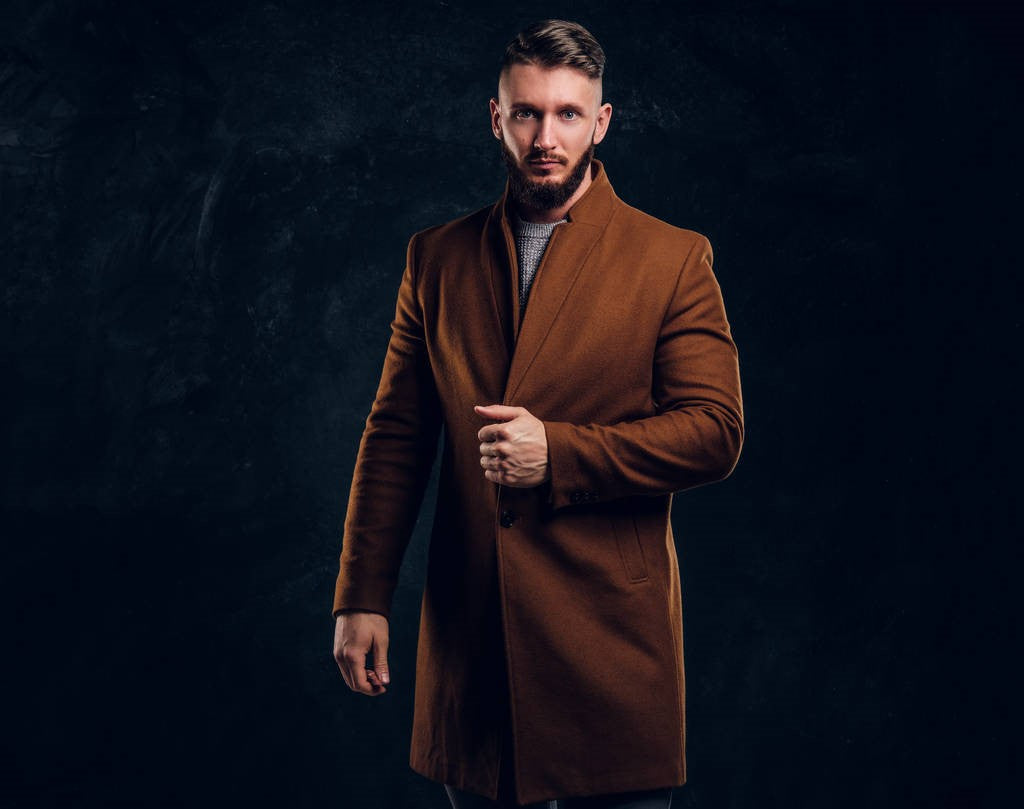What is Difference Between Coat and Overcoat?

When it comes to outerwear, the terms "coat" and "overcoat" are often used interchangeably, leading to confusion about their specific meanings. However, these two garments serve distinct purposes and exhibit variations in design, length, and functionality.
Defining a Coat
A coat, in its broadest sense, refers to any outer garment that covers the upper body. Coats come in various styles, lengths, and materials, making them versatile for different weather conditions and occasions. The defining characteristic of a coat is its ability to provide warmth and protection, ranging from lightweight jackets suitable for mild weather to heavy, insulated options designed for extreme cold.
A coat typically extends to the hips or thighs, providing coverage for the torso and sometimes the upper part of the legs. This length variation allows for adaptability, catering to diverse climates and fashion preferences. Common types of coats include trench coats, pea coats, parkas, and duffel coats, each with its unique features and styling.
Unveiling the Overcoat
On the other hand, an overcoat is a specific subtype of coat that serves a more specialized purpose. Unlike a regular coat, an overcoat is explicitly designed for cold weather and formal occasions. Overcoats are characterized by their longer length, typically extending below the knee and sometimes reaching the ankles. This extended length aims to provide additional warmth and protection, making overcoats ideal for harsh winter conditions.
Overcoats often feature a tailored and sophisticated appearance, making them suitable for formal or business attire. The design is focused on achieving a sleek and polished look, with features like notched lapels, buttons, and sometimes a belt. Wool is a common material for overcoats due to its insulating properties and ability to convey an elegant aesthetic.
Key Differences in Length and Purpose
The primary distinction between a coat and an overcoat lies in their length and intended use. While a coat is a general term encompassing a range of outer garments, an overcoat specifically refers to a longer, more formal type of coat designed for colder climates and dressier occasions. The length of an overcoat sets it apart, providing extended coverage and a refined appearance that distinguishes it from shorter, more casual coat styles.
Versatility vs. Formality
Coats, in their diverse forms, cater to a wide range of styles and purposes. They can be casual or formal, lightweight or heavy, depending on the specific type. The versatility of coats allows individuals to express their fashion preferences while addressing practical needs related to weather conditions.
On the contrary, overcoats lean towards formality and are primarily associated with more dressed-up settings. Their longer length and tailored design contribute to a sophisticated look, making them an excellent choice for business meetings, formal events, or elegant evenings out.
Conclusion
In conclusion, while the terms "coat" and "overcoat" might seem interchangeable at first glance, a closer examination reveals significant differences in length, design, and purpose. Coats, as a broad category, encompass a variety of styles suited for different occasions and climates.
Overcoats, with their longer length and formal aesthetics, are a specific subtype tailored for colder weather and dressier settings. Understanding these distinctions allows individuals to make informed choices when selecting outerwear, ensuring both style and functionality align with the intended purpose.





